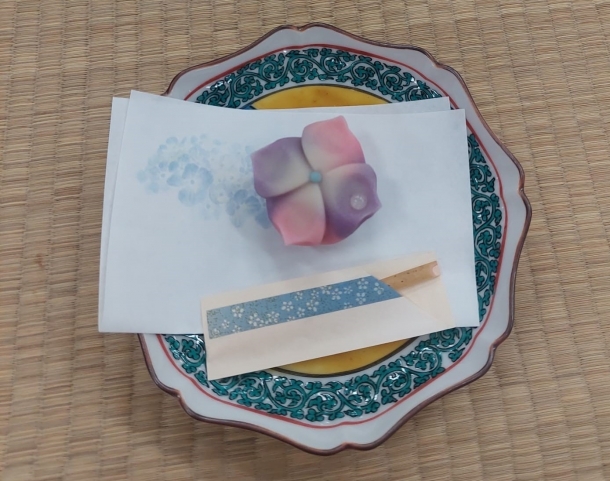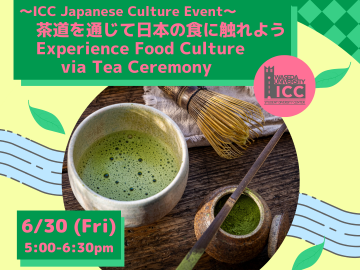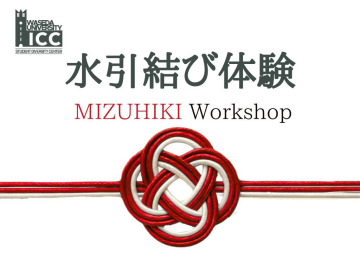Natsumi Motomura (Tan)
School of International Liberal Studies
It’s been a year since I moved to Japan for undergrad school, and yet I had never participated in a formal tea ceremony, sadou (茶道). It was still on my bucket list when I came across the ICC’s event introducing Japanese tea and tea ceremony culture – it was a sure sign that it was time to learn sadou. Though I grew up in Singapore, being half-Japanese, my parents sought to expose me to Japanese culture as much as they could, taking me to visit my grandparents and touring Japan annually to understand the culture. At home, we practiced every cultural festivity. Sadou was the one thing that I was curious to discover, but never had the chance to explore.
The ICC event began with us sitting on tatami mats (畳), and already I had made the mistake of sitting on the wrong side, where the host was meant to be sitting. After readjusting ourselves to an L-shape at the corner of the mat, we were briefed on the history and process of sadou – I was admittedly both surprised and internally embarrassed for having not known that Japanese confectionary, wagashi, has two types; namagashi which is fresh and higashi which is dry. Although our group struggled to maintain seiza positions (folding our legs under us), we concentrated on turning our tea bowls as is customary – three times to the left before drinking and three times to the right afterwards – a detail in the ceremonial process that astonishingly seemed to represent the Japanese attention to detail. Even the hydrangea motif of the wagashi served with matcha was intentionally picked to match the season. Four pink and purple alternating petals were carved from the outer skin of mochi, each petal tip forming a clean teardrop shape. A tea bowl in my hand with the Okuma Garden in view, I reminisced on my first year since moving to Japan, as I struggled to physically adjust to weather and seasonal changes, but gradually came to appreciate the changing seasons (四季: shiki).






